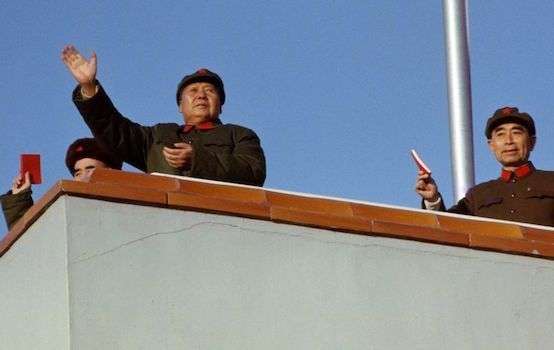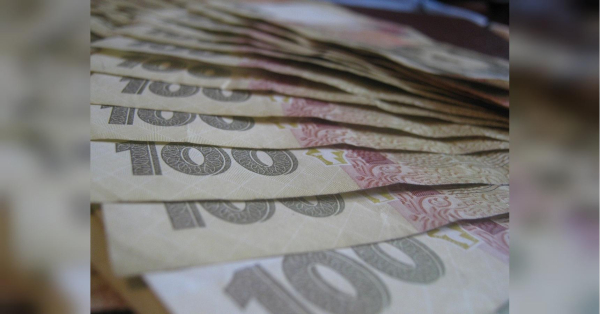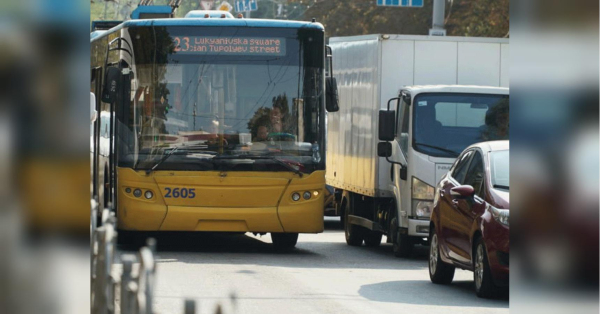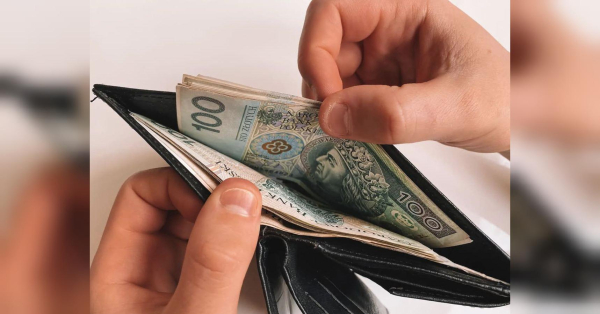
Yesterday, leaders of the People’s Republic of China celebrated their regime’s 70th anniversary in grand style. On October 1, 1949, Mao Zedong, chairman of the Chinese Communist Party, officially proclaimed the new government in Tiananmen Square. “We have stood up,” he told the world.
But his China was a wreck, ravaged by Japanese aggression and civil war. And Mao’s policies exacerbated popular suffering. Cruelty to foes, intolerance toward criticism, ignorant certainty, dogmatic utopianism, and determination to rule or ruin characterized his reign. Although presented as the much beloved leader of the Chinese people, he lacked any empathy for them. To him, they were statistics, replaceable by future births.
His personal whims, dictates, and fantasies dominated the PRC. Barely a year after establishing the new communist state, he decided to intervene in the Korean War, making casualties out of hundreds of thousands of Chinese soldiers, including his son. A push for land reform resulted in the murder or exile of at least a million and probably many more landlords and better off peasants.
Shortly after the PRC’s founding, he initiated a campaign against “counter-revolutionaries” and other opponents, especially officials in the previous Nationalist government. He admitted 700,000 deaths, but the real toll reached as high as two million. He dismissed criticism of the human cost, contending that it was necessary to secure power. Subsequently he targeted supposed “capitalist” elements, resulting in hundreds of thousands more deaths. He insisted that “the worst among them should be shot.” Others were criticized and sent to labor camps.
Advertisement
In 1956, he appeared to change course with the Hundred Flowers Campaign, inviting criticism of the government. Tired of the truth, he then targeted those who had attacked him. The Anti-Rightest Movement cost many lives, perhaps in the millions. The Great Leap Forward, begun in 1958, was an even greater catastrophe. An arbitrary shift of rural labor toward industrialization ultimately led to mass famine, with estimates of the number of dead ranging widely, 50 million at their top.
Failure so vast could not be ignored and Mao found himself criticized by leading party figures the following year. Consequently he unleashed a purge in the guise of an offensive against “right opportunism,” in which many loyal party members were imprisoned and perhaps six million ultimately perished.
He eventually was pushed into a more ceremonial role, losing authority to more pragmatic colleagues. In 1966, he was nevertheless able to unleash the Great Proletarian Cultural Revolution. Launched in the name of triggering “permanent revolution” and reviving the CCP leadership, the campaign was a bloody mix of revenge and purge, civil strife and civil war. City dwellers were ordered to the countryside. Youthful “Red Guards” roamed the streets, destroying historical artifacts, torturing party officials, closing schools, and generating violent chaos.
Mao regained supreme power. Liu Shaoqi, China’s president, was denounced as a “capitalist-roader,” tortured, and put in prison, where he died. Defense Minister Lin Biao, Mao’s expected successor, was killed in a plane crash, apparently while fleeing to the Soviet Union. Influential revolutionary Deng Xiaoping was purged—twice. As many as 100 million people suffered in some way, and up to three million people died in the chaotic violence.
- Saving China’s Uighurs: Can Washington Do the Impossible?
- Gaming China’s Total Surveillance State
Mao had become the Red Emperor. His life after taking power, writes historian Daniel Leese, “reveals a certain temporal development from a down-to-earth leader, who was amicable when contested and occasionally reflected on the limits of his power, to an increasingly ruthless and self-indulgent dictator. Mao’s preparedness to accept criticism decreased continuously.” His almost whimsical decisions resulted in astonishing numbers of casualties—estimates range from 35 million to 100 million—making him likely the greatest mass killer in history.
Some of his defenders contend that he did not intend many of those deaths. Others argue that his achievements were worth the price. Yet Mao exulted in his brutality. He compared himself to China’s murderous first emperor Qin Shi Huang: “What did he amount to? He only buried alive 460 scholars, while we buried 46,000.” When musing about the possibility of nuclear war, he said, “if the worst came to the worst and one-half dies, there will still be one-half left, but imperialism would be razed to the ground and the whole world would become socialist.”
Michael Lynch observed in his 2004 biography of Mao: “China continues to benefit from a more favorable comparison with Cambodia or the Soviet Union. But as fresh and abundant archival evidence shows, coercion, terror and systematic violence were the foundation of the Great Leap, and between 1958 and 1962, by a rough approximation, some 6 to 8 percent of those who died were tortured to death or summarily killed—amounting to at least 3 million victims.” Li Rui, Mao’s secretary, observed: “Mao’s way of thinking and governing was terrifying. He put no value on human life. The deaths of others meant nothing to him.”
The horror ended only with his death in September 1976. In the ensuing power struggle, Deng Xiaoping eventually gained control, earning the designation “paramount leader.” He abandoned Maoist economics and controls, opening the PRC to markets. His reforms began in 1979 and accelerated in the 1980s, triggering the nation’s economic take-off and generating decades of rapid economic growth, which has moved an astonishing 800 million people out of poverty since 1978.
Chinese also began to enjoy personal autonomy, with the end of draconian controls over individuals’ lives: they could marry freely, choose jobs, and accumulate wealth without Beijing’s approval. There was also pressure for political liberalization, though Deng showed the limits of his commitment to reform with the murderous 1989 crackdown in Tiananmen Square.
Nor was Deng prepared to toss Mao into history’s trash can. Deng judged Mao to be “70 percent right and 30 percent wrong.” The Red Emperor’s body—or wax double—is preserved in a massive mausoleum in Tiananmen Square. His picture famously adorns the Gate of Heavenly Peace, on the square’s north side. His image also graces China’s currency. His family’s home is preserved in Hunan Province, which is filled with Mao statues and images. And China’s current leaders, including Xi Jinping, cite him frequently. Those who criticize the dead dictator risk retribution.
Deng died in 1997. Despite his resistance to political reform, he attempted to prevent the rise of another Mao, placing term limits on the presidency, for instance. Deng’s successors, Jiang Zemin and Hu Jintao, presided over a system of loose authoritarianism. The CCP could not be challenged, of course, but carefully calibrated criticism was tolerated.
Xi, who took over in 2013, is very different. He embarked upon a brutal campaign to strengthen the CCP’s control of the state and through it oversight of the Chinese people. Internet censorship is tighter and broader. “Patriotic” education has been reintroduced in schools. Party cells have been imposed on joint ventures. Dissent has been suppressed. Human rights lawyers have been imprisoned. Churches have been closed. NGOs have been shuttered. Academic exchanges have been restricted. Economic oversight has been expanded. A system of “social credit” has been created to punish those who defy norms set by the CCP.
Moreover, Xi has dramatically enhanced his own authority. Gone are presidential term limits. Xi’s thoughts have been incorporated into the country’s constitution. His picture is widely displayed. He’s even been mimicking Mao, with publications calling him “the people’s leader,” the Red Emperor’s oft-used moniker.
Nevertheless, it is important not to overstate the supposed “China Threat.” Policy and practice could change again, in a more liberal direction. The PRC faces substantial economic challenges that could exacerbate political divisions. The Chinese population is aging rapidly and suffers from a dearth of women, the result of the CCP’s now-repealed “one-child” policy. Xi’s authority is substantial, but he has accumulated an extraordinary number of enemies.
China is investing and trading around the world to its obvious economic benefit; the political consequences are more mixed, however, with the PRC suffering blowback from its perceived arrogance and abuse. The famed “Belt and Road Initiative” is as likely to leave Beijing a pile of unpaid debts as a network of vital bases. Increased pressure on Hong Kong and Taiwan have only driven their populations further away while harming the PRC’s international reputation.
The creation of the PRC was an epochal event. Seventy years on, Chinese communism has proved to be resilient, but only because it no longer is recognizable. Observed eminent Chinese economist Mao Yushi (no relation to the Red Emperor), “The idea of communism is a tragedy, a disaster.” The key to the PRC’s survival was casting off the stultifying controls on its own people.
Xi’s race into his nation’s totalitarian past is a dangerous detour. Washington should work with like-minded states to offer China a better path: empowering its people, limiting regime threats, and emphasizing cooperation over confrontation whenever possible. Because in celebrating the past, Beijing risks losing the future.
Doug Bandow is a senior fellow at the Cato Institute. A former special assistant to President Ronald Reagan, he is the author of several books, including Foreign Follies: America’s New Global Empire.
Sourse: theamericanconservative.com






